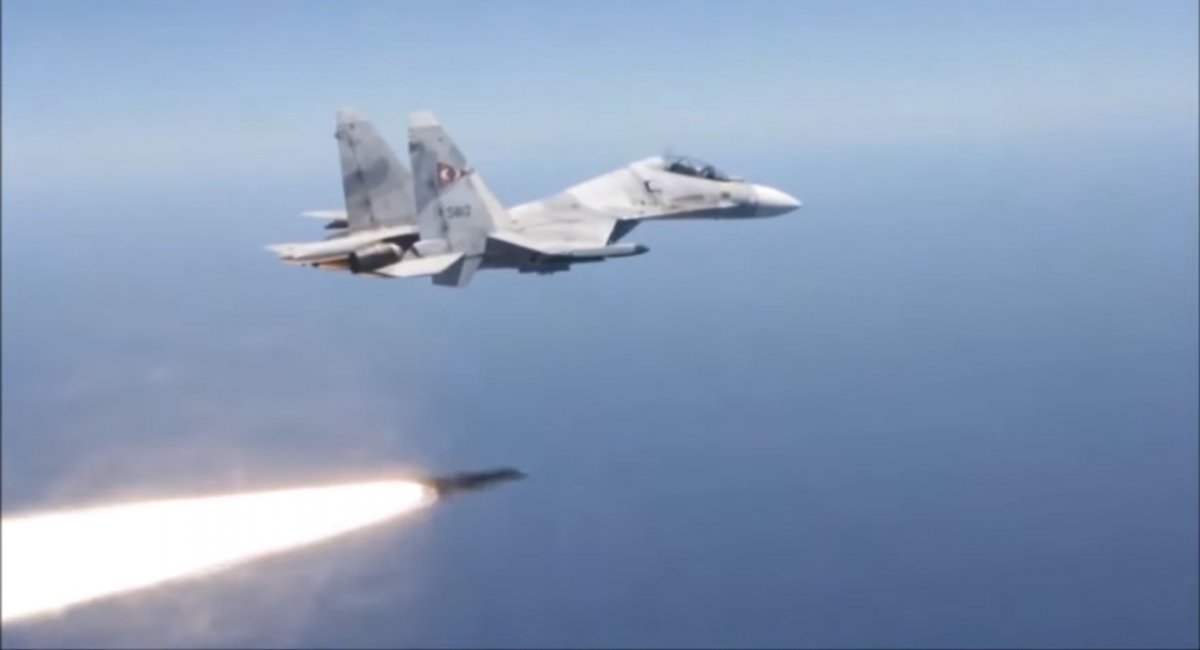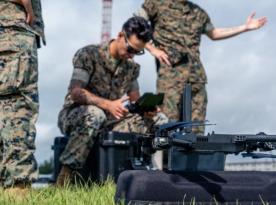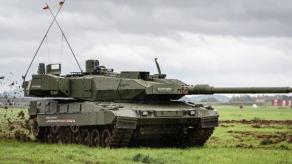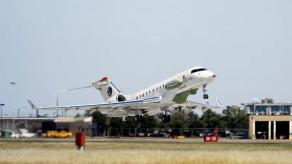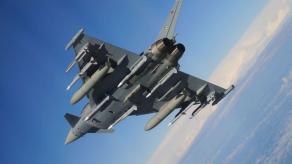Gradually, a U.S. invasion of Venezuela is becoming an increasingly likely scenario, especially against the backdrop of the build-up of American forces in the region. In particular, the U.S. has already deployed an entire fleet there, including three amphibious assault ships and transport ships, two Ticonderoga-class cruisers, three Arleigh Burke-class destroyers, and a Freedom-class littoral combat ship.
In addition, the area hosts the USS Newport News nuclear-powered submarine, the MV Ocean Trader special operations support ship, and the USS Gerald R. Ford aircraft carrier, which is part of a strike group that includes five additional Arleigh Burke-class destroyers.
Read more: Ukrainian Forces Strike Rosneft's Tuapse Oil Terminal Deep in russia
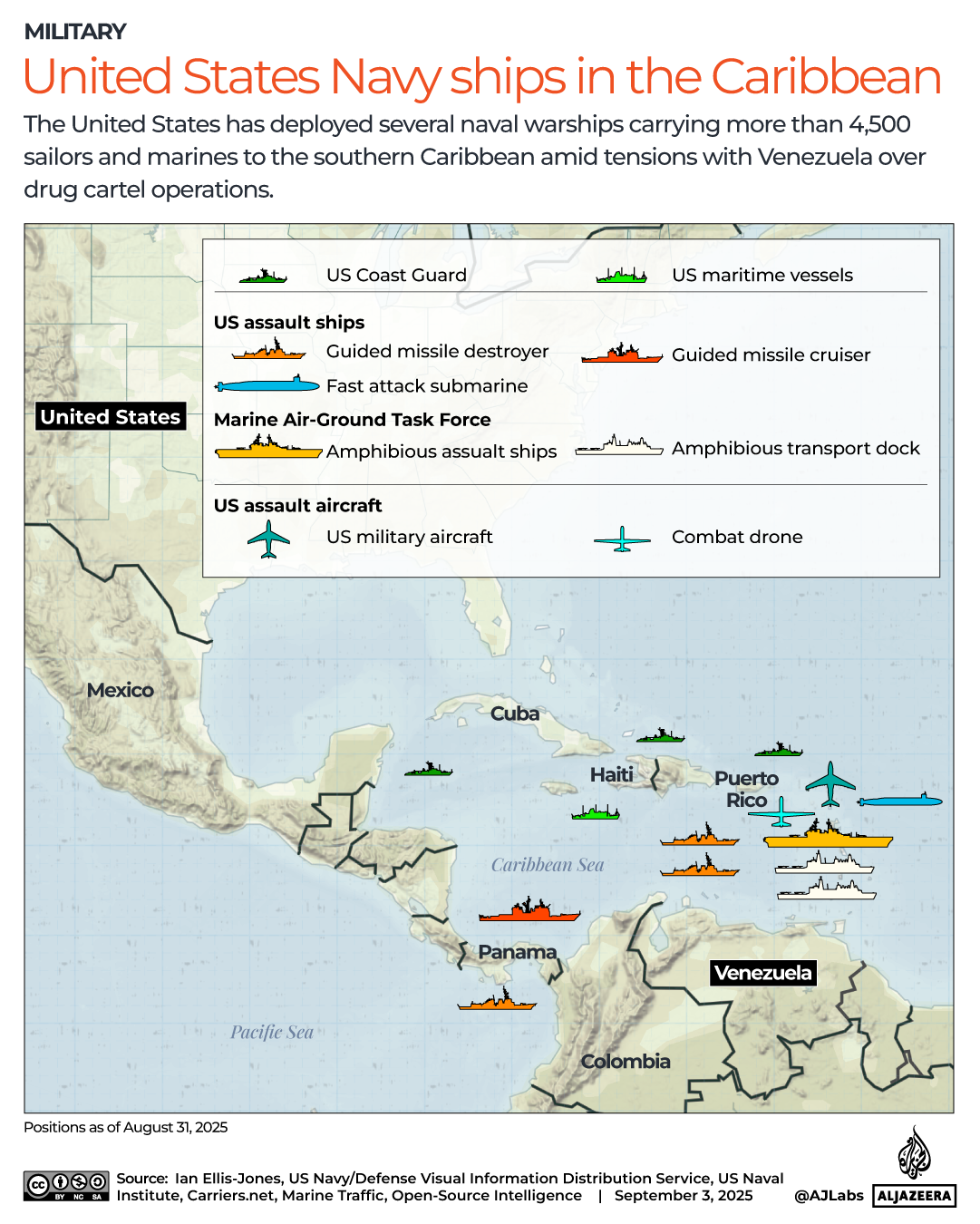
The U.S. has assembled a powerful strike group that is clearly not Feeling seriously threatened, Venezuela seems to be trying to intimidate the Americans by releasing videos and showcasing its Su-30MK2 and Su-30MKV fighters equipped with russian Kh-31A anti-ship missiles.
However, are the Kh-31A missiles really as dangerous as many claim? The main advantage of these anti-ship missiles is their speed, reaching between Mach 2.4 (2,939 km/h) at sea level and Mach 3.3 (4,042 km/h) at higher altitudes, made possible by their ramjet engine. This means they are significantly faster than other subsonic anti-ship missiles such as the AGM-84 Harpoon (Mach 0.85 or 990 km/h).
This leaves little time to intercept them. The missile carries a penetrating high-explosive fragmentation warhead weighing between 94 and 110 kg, depending on the modification. Now, let's move on to the disadvantages.
The Kh-31A has a range of only 70 km, while the upgraded X-31AD has a range of up to 160 km, but it is unknown which modification Venezuela has. The missile has only a radar homing.
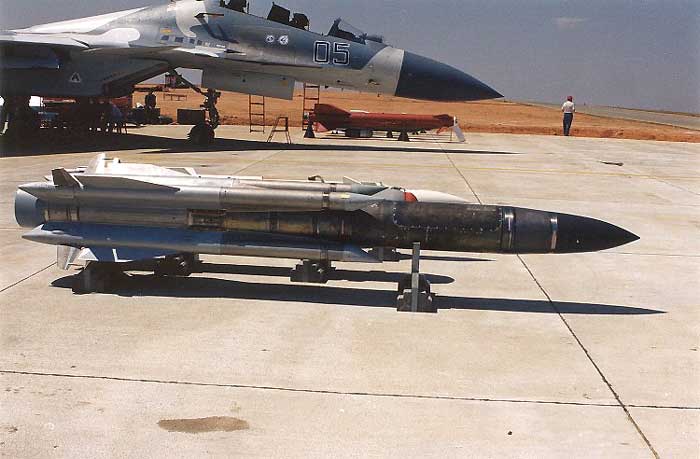
Now let's take a look at what the Americans have in their arsenal to counter such threats. Aviation assets will not be taken into account; only shipborne armaments are considered. For instance, each Arleigh Burke-class destroyer, the most numerous in the U.S. Navy, has 96 Mark 41 vertical launch cells.
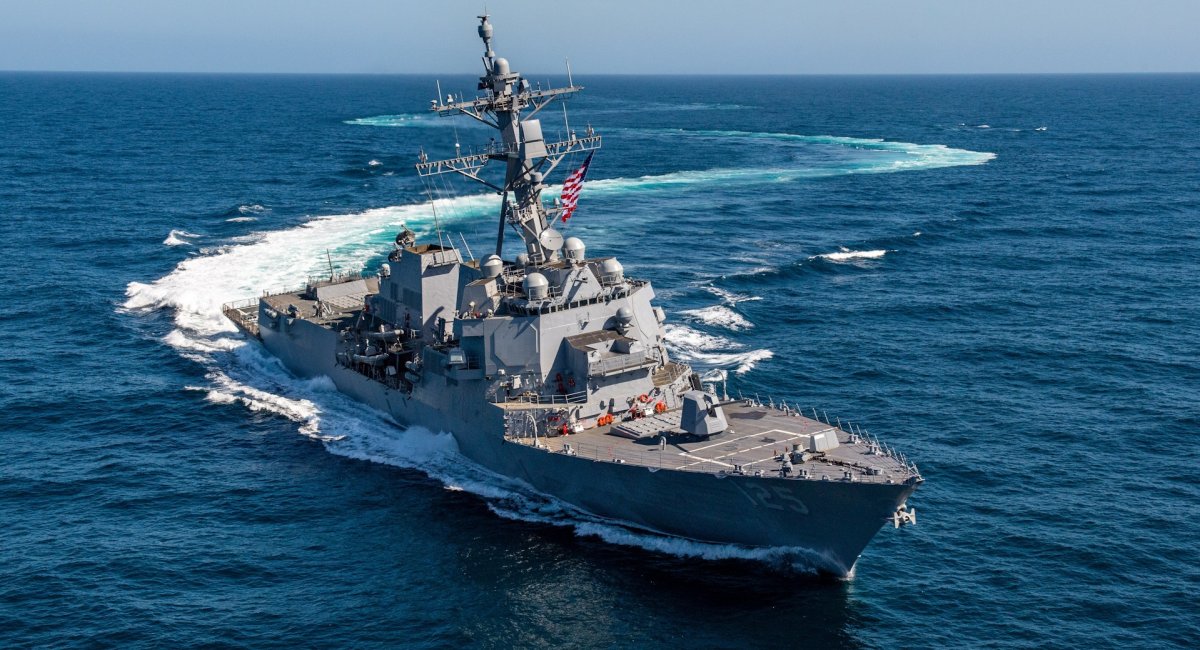
Various missiles can be loaded into the Mark 41 but we are concerned with anti-air missiles, namely the SM-2, SM-3, SM-6, the ESSM, and the RIM-7 Sea Sparrow. In addition, the Arleigh Burke is equipped with the Aegis defense system, which includes powerful radars and even AN/SLQ-32 electronic warfare systems.
Let's consider a scenario in which Venezuelan Su-30MK2 fighters take off from an airbase to launch Kh-31A anti-ship missiles. Given that one of the airbases is located directly near the coast, U.S. ships will be able to immediately detect and capture them.
Even then, an Arleigh Burke could theoretically engage those fighters with SM-6 missiles — but only if the jets aren't flying extremely low and the ship is within a few hundred kilometres.
Next, the Su-30MK2s approach the ships to within the Kh-31A's launch envelope. However, let's assume that Venezuela possesses the Kh-31AD variant, which has a maximum range of 160 km. Approaching the launch zone, the aircraft enters the SM-2 missile's kill zone and could also theoretically be shot down.
Let's suppose the aircraft did manage to launch the missile. An Arleigh Burke-class destroyer could then intercept it using its SM-2 or SM-6 missiles. The high speed of this anti-ship missile won't help it much, since it's flying directly toward the ship, and the anti-aircraft missiles are more than capable of intercepting such a target.
Let's assume that the missiles did get through and are now approaching the ship. The Kh-31A's reliance on radar homing is a critical factor, as it allows a ship to deploy chaff and other countermeasures to disrupt the missile's guidance.
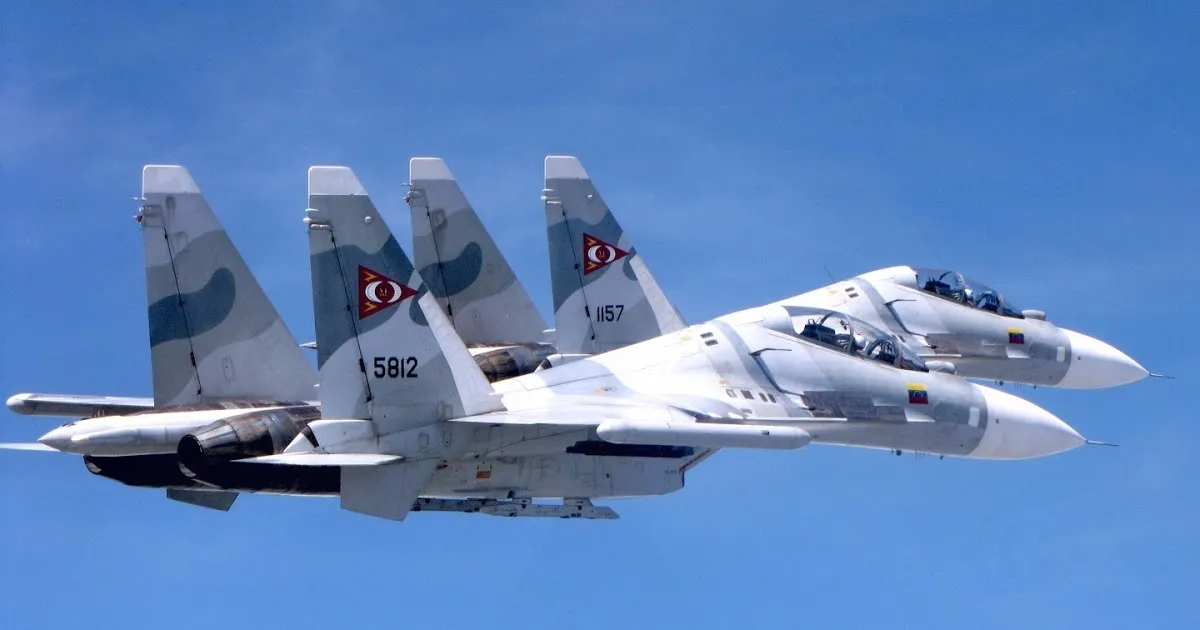
In addition, shipboard electronic warfare systems come into play, actively jamming, deceiving, and otherwise disrupting the missile's seeker. The ship can also use smaller and weaker anti-aircraft missiles such as ESSM or RIM-7 Sea Sparrow. We should also account for the shipboard Mark 15 Phalanx close-in weapon system.
In other words, given all of the above, the missile has virtually no chance of hitting U.S. destroyers, cruisers, or their accompanying ships. Nevertheless, the Kh-31A remains a dangerous missile, especially for smaller ships that do not have such powerful weapons. Therefore, boats and patrol ships should be particularly cautious near Venezuela.
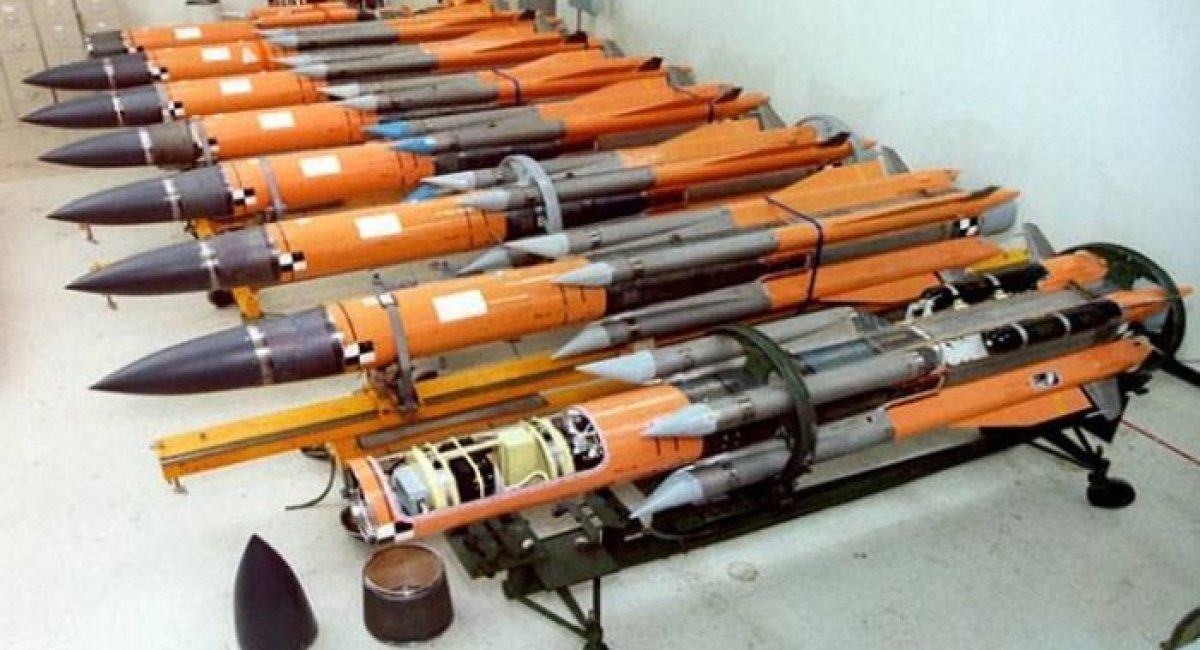
Regarding the Kh-31 and the U.S., it is known that American and russian engineers developed the MA-31 target drone based on the Kh-31 in the 1990s, and a small batch was even produced. So the U.S. had time to study this missile thoroughly and take such threats into account in the development of its ships and weapon systems.

The U.S. even operates the GQM-163 Coyote missile target, which can reach speeds of up to Mach 2.6 (about 3,180 km/h) at sea level and Mach 3–4 (roughly 3,675–4,900 km/h) at higher altitudes. This indicates that U.S. forces have had the opportunity to train against similar threats, meaning that the employment of the Kh-31A would pose nothing technically unfamiliar.
Recalling the military conflict that could arise between the U.S. and Venezuela, it is important to understand how they could respond to the Americans. Venezuela has quite a large arsenal, but the question is whether it will help.

In addition, a russian Il-76TD military transport aircraft recently arrived in Caracas directly from Moscow, raising the question of what it might have brought to Venezuela.
Read more: Why Ukraine Can't Yet Obtain Western Long-Range Missiles like Meteor or AIM-120D and When That Might Change




